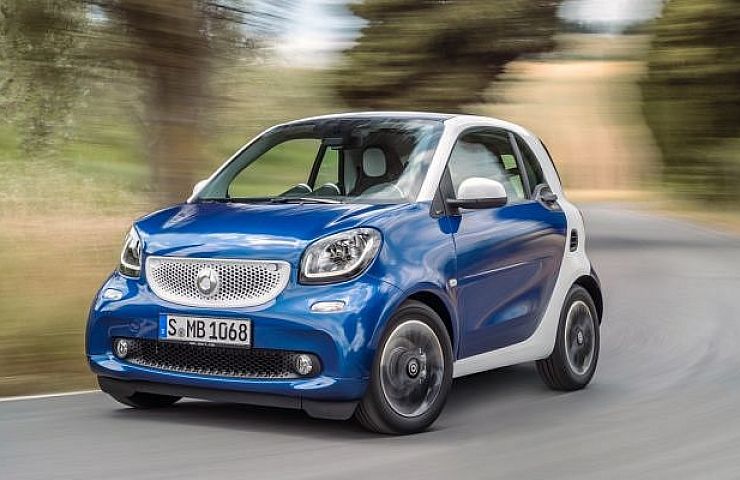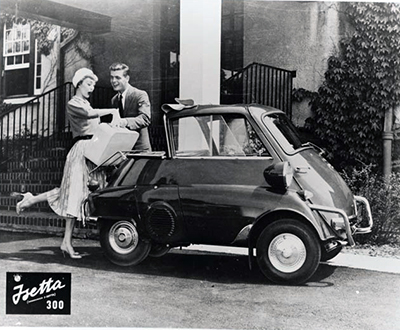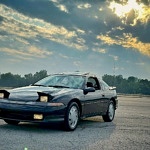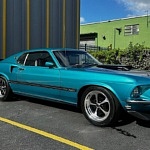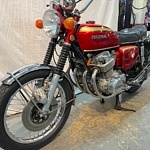With the current dip in gas prices, American car buyers are flocking to SUVs and big trucks. But this doesn’t mean that the smallest cars in the American fleet are going away. In fact, microcars like the Smart ForTwo and Scion iQ still have great appeal, especially for city dwellers fighting urban congestion and wanting to avoid the endless search for a parking spot. Any notion that tiny cars are doomed fails to consider the long and enduring history of microcars, dating back to hand-built cyclecars of the 1910s and ‘20s.
For 2016, Smart totally remade the ForTwo (shown above) primarily for the European market, giving it additional power and interior space, and a more aggressive overall look.
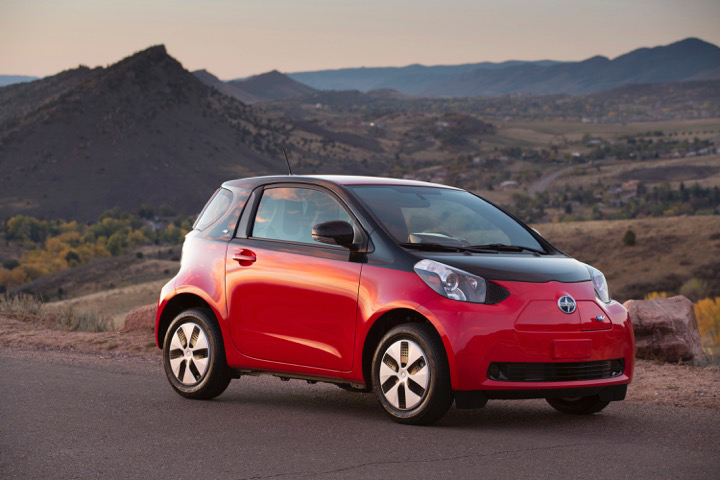
In 2015, Toyota dropped the diminutive Scion iQ, but the used market for the iQ is active on eBay Motors.
Big History for Small Cars
The real boom in microcars occurred following World War II. Limited resources weren’t the only reason. German aeronautics manufacturers such as Messerschmitt, who were forbidden from producing cars, but could build microcars because they were legally classified as motorcycles.
Isetta is the best known classic microcar. The car’s name is diminutive for the Italian firm, Iso, that designed, patented, and produced the original three-wheeler. BMW, which acquired license to use the design, made the Isetta the first mass-produced microcar. Power came from a 236 cubic inch two-stroke engine. A single front door, to which the steering column and instrument panel were attached provided entry. A more stable, four-wheel model was a later addition.
The world’s smallest microcar, the P50, hails from the Isle of Man. Thee-wheel vehicles were especially popular in the United Kingdom since they were exempt from road tax. Peel introduced its novel three-wheel design at the 1962 Earl’s Court Motor Show in London. Power came from a 49 cc engine and three-speed transmission, with an estimated maximum speed of 38 miles-per-hour. Since the P50 was classified as a motorcycle, it had no speedometer, nor a reverse gear. To turn the car around, the driver would exit the vehicle and use a chrome handle in back to flip it.
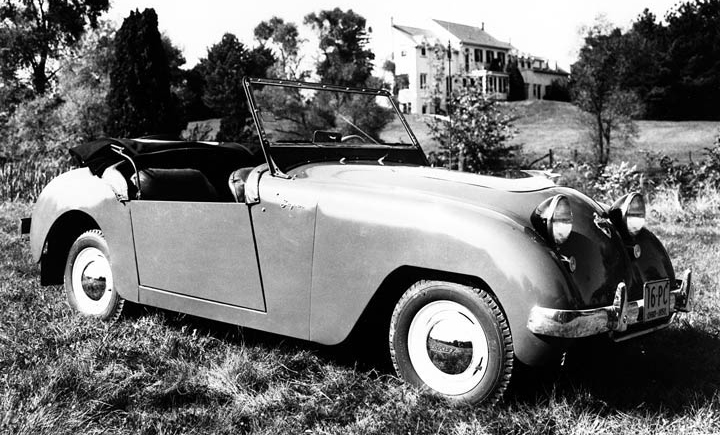
Crosley Super Sport
Microcars weren’t limited to Europe. In 1951 Cincinnati-based industrialist Powell Crosley introduced the Crosley Super Sport: the first American post-War sports car and the first mass-produced car with four-wheel disc brakes.
Daihatsu, a Japanese company that had produced motorized tricycles in the 1930s and a small military vehicle during World War II debuted the Daihatsu Bee, its first passenger car for sale to the public, in 1951. The company built 300 cars, powered by an air-cooled two-cylinder four-stroke engine.
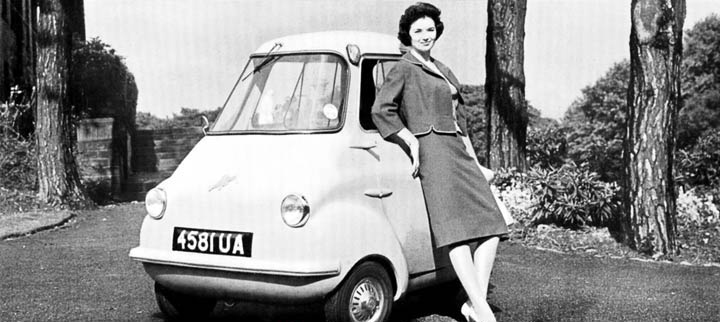
Scootacar
Of all the microcars and bubble cars produced during the 1950s and ‘60s, the British Scootacar is a personal favorite. Legend has it that the manufacturer, Scootacars Limited of Leeds, was responding to the director’s wife, who wanted something easier to park than her Jaguar. So Henry Brown sat on the car’s 197 cc single-cylinder engine and had a member of his team draw an outline around him. Nicknamed the “telephone booth,” the Scootacar was 60-inches tall and 52-inches wide. Steering was by handlebars. The Scootacar had a top speed of 50 miles-per-hour.

